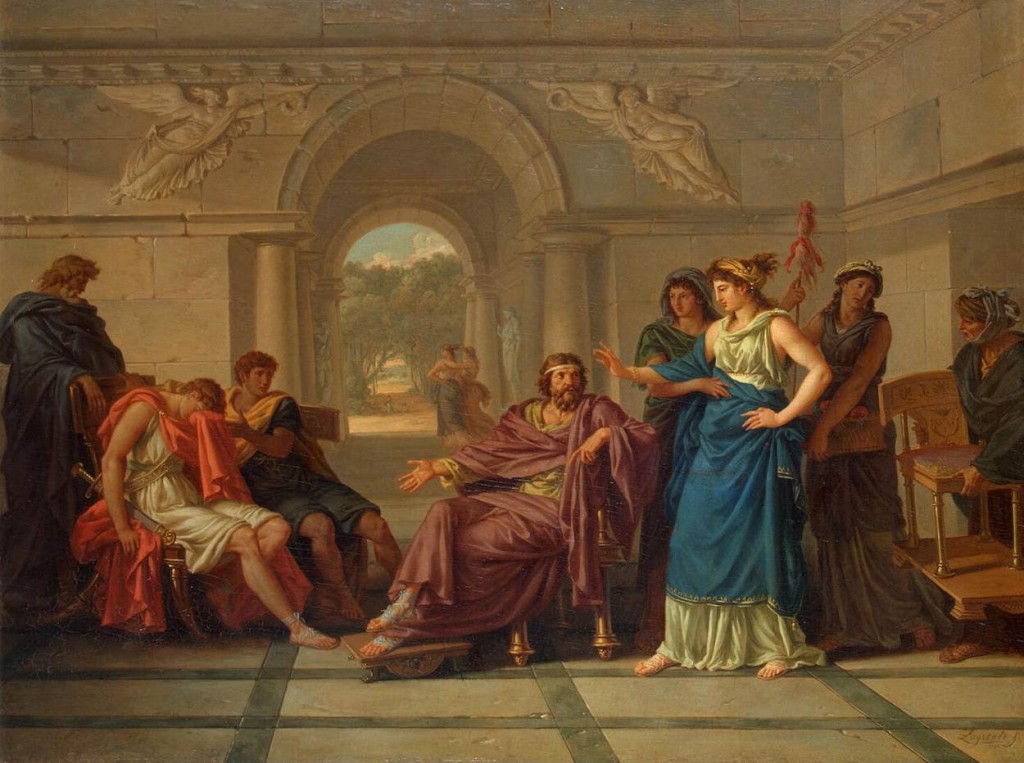~ A guest post by Janet Ozsolak ~
The active interaction among the bard, internal audience and the external audience in a Homeric performance intrigued me since Version 1 of the HeroesX project. I wondered how the external audience, in the 5th century BCE, processed such a complicated narrative (Homeric Iliad and Odyssey). How did they kept them near and dear to their song culture? How did they connect the dots and understand absent signifiers through present ones? How did they possess and activate knowledge about the glories of men who lived long ago, glories that are unwilting?
I am going to refer to Douglas Frame and Leonard Muellner to explore the first part of my question and Anna Bonifazi for the second part. Hour 25’s Book Club is reading Chapter 1 of Anna Bonifazi’s Homer’s Versicolored Fabric, along with Odyssey Scroll i–iv. There is a discussion about Bonifazi’s book in the Forum.
My question to you all: is there a bridge between absent signifiers and anaphors which Bonifazi is exploring in her book?
Image credit
Jean-Jacques Lagrenée (1739–1821). Helen Recognising Telemachus, Son of Odysseus, 1795. Wikimedia Commons: Public Domain
___
Janet M Ozsolak is a participant in Hour 25 and was a Community TA for HeroesX.v2. Janet is started to learn Homeric Greek and she enjoys it thoroughly!
